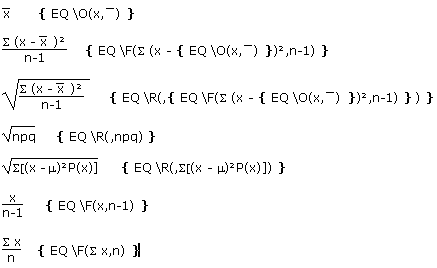
Anyone who makes use of a published table or graph should first check its sign usage. Publications may use either format – in the English-speaking world, the former usage is the more common, but is not always followed.

The lower graph (which covers exactly one calendar year) has the same absolute values but the sign is reversed as it shows how far the clock is ahead of the sun. The equation of time is shown in the upper graph above for a period of slightly more than a year. if the sun is ahead of the clock the sign is positive, and if the clock is ahead of the sun the sign is negative. The United States Naval Observatory states "the Equation of Time is the difference apparent solar time minus mean solar time", i.e. The planet Uranus, which has an extremely large axial tilt, has an equation of time that makes its days start and finish several hours earlier or later depending on where it is in its orbit. On Mars the difference between sundial time and clock time can be as much as 50 minutes, due to the considerably greater eccentricity of its orbit. Two examples of planets with large equations of time are Mars and Uranus. The equation of time is constant only for a planet with zero axial tilt and zero orbital eccentricity.

Mean solar time, for the same place, would be the time indicated by a steady clock set so that over the year its differences from apparent solar time would have a mean of zero. Apparent solar time can be obtained by measurement of the current position ( hour angle) of the Sun, as indicated (with limited accuracy) by a sundial. The two times that differ are the apparent solar time, which directly tracks the diurnal motion of the Sun, and mean solar time, which tracks a theoretical mean Sun with uniform motion along the celestial equator. The word equation is used in the medieval sense of "reconcile a difference". The equation of time describes the discrepancy between two kinds of solar time.

See the section " Sign of the equation of time" below. This graph shows how many minutes the clock is ahead (+) or behind (−) the apparent sun.


 0 kommentar(er)
0 kommentar(er)
